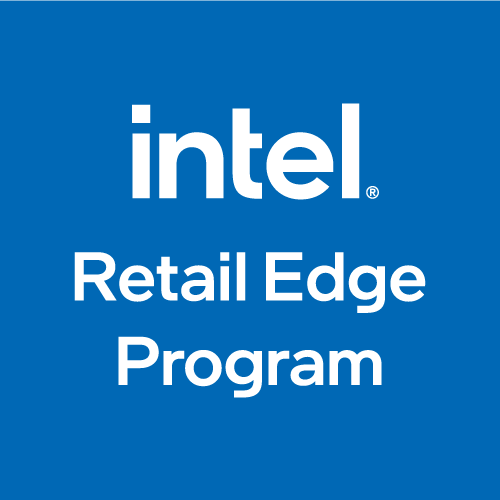5/9/18

Customers employ several high-level benchmarks when deciding to shop online or at physical retailers including department stores, big-box retailers, and specialty retailers. In cases where customers want immediate product access, a personalized experience, or in-depth, face-to-face product knowledge, they prefer to make a store visit.
This preference is especially strong for technology shoppers.
Astound Commerce* measured online vs. store preference across 24 retailers in eight categories using 23 experience metrics. In 79 percent of cases, where to shop was a tossup heavily influenced by several in-store shopping advantages:
The survey highlights four key areas that help retailers draw, retain, and delight customers. Store managers can focus on these areas to upgrade customer inspiration, product promotions, and customer service while delivering a superbly efficient shopping experience.
Mimic tactics used by online retailers to inspire shoppers. Some retail stores gain high marks for extensive use of informative and appealing digital signage.
Displaying or showcasing PCs and other tech products rated as customer favorites based on reviews or sales numbers plus highlighting customer interest trends are also effective tactics.
Start or improve a rewards and loyalty program. These remain extremely popular with shoppers. Consider offering instant discounts or special offers at checkout. The survey confirms that these programs are further strengthened when sales reps remind customers of program advantages.
Shoppers can readily compare your prices to those of online retailers. Discourage that behavior by projecting your own best prices. If most products are on sale, promote that fact across the store. Strategically placed digital signs highlight comparative pricing examples to emphasize value.
Too much focus on an "everything is on sale" approach may create customer resistance however. Selective placement of attractive on-sale or percent-off signs can subtly lead customers across departments or the entire store.
Regularly shift on-sale tags across products to motivate repeat visits by bargain-shopping customers. A well-sorted close-out/clearance area of products also appeals to these shoppers.
Ensure your specially-priced items are easy to find with good access. Posting a sales associate near the entrance to remind shoppers of your current price promotions boosts your image as a price competitor.
The results of the survey emphasize the importance of well-trained sales associates in order to provide excellent customer service. Managers should ensure there are:
Digital assistants and product kiosks can fill staff gaps but should never be considered a substitute for sales associates.
A well-trained sales team streamlines a customer's search for solutions, but two additional areas also strongly affect a customer's shopping experience: checkout and merchandise returns.
The survey suggests four ways to ensure a shopper's end-to-end experience is seamless:
As the survey by Astound Commerce* demonstrates, customers still appreciate the value of helpful, tech-savvy sales associates. Evaluating PC options hands-on, finding great deals, and immediate gratification are also strong attractors when customers choose brick-and-mortar retailers over online sites.
Sharpening your team's sales skills and technology expertise relative to Intel® products is easy and rewarding with the Intel® Retail Edge Program. Encourage them to participate in the Program to maintain a strong knowledge base about Intel® processors and technologies, the devices they power, and how to ensure customers have a successful and satisfying shopping experience in your stores.
References:
*Other names and brands may be claimed as the property of others.
©Intel Corporation 2018. Intel, the Intel logo, Intel Retail Edge Program, and Intel Retail Edge Live are trademarks of Intel Corporation or its subsidiaries in the U.S. and/or other countries.
